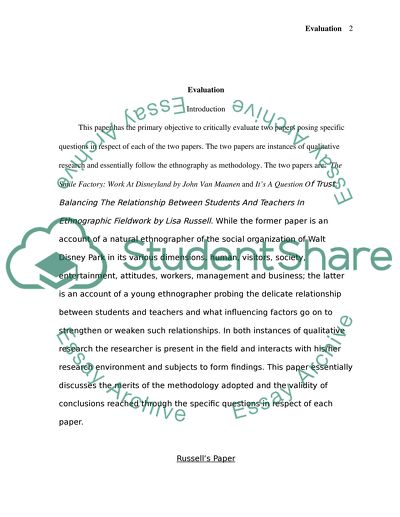Cite this document
(“Ethnography Master Book Report/Review Example | Topics and Well Written Essays - 3000 words”, n.d.)
Retrieved from https://studentshare.org/sociology/1532461-ethnography-master-book-reportreview
Retrieved from https://studentshare.org/sociology/1532461-ethnography-master-book-reportreview
(Ethnography Master Book Report/Review Example | Topics and Well Written Essays - 3000 Words)
https://studentshare.org/sociology/1532461-ethnography-master-book-reportreview.
https://studentshare.org/sociology/1532461-ethnography-master-book-reportreview.
“Ethnography Master Book Report/Review Example | Topics and Well Written Essays - 3000 Words”, n.d. https://studentshare.org/sociology/1532461-ethnography-master-book-reportreview.


